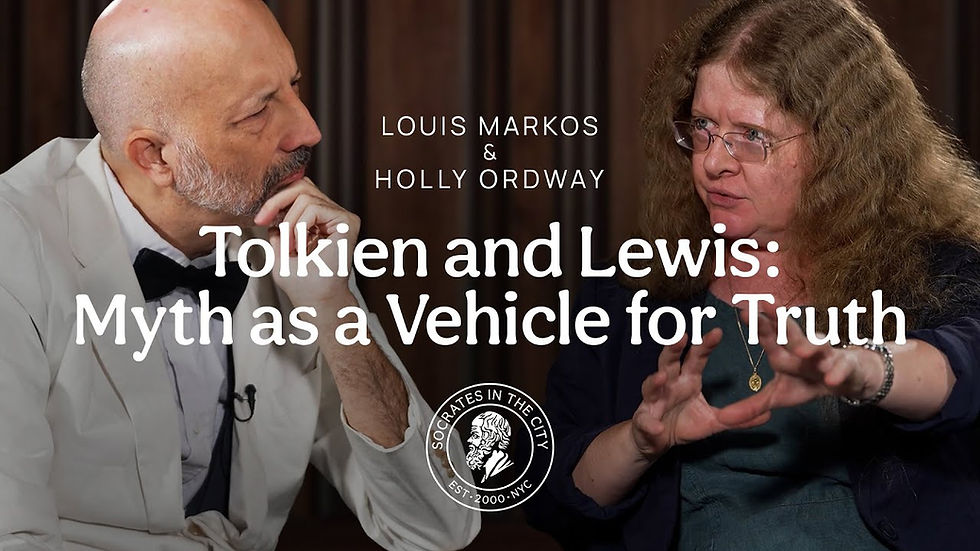The Mirror of the Magistrate: A Father Brown Story by G. K. Chesterton
- Andy McIlvain

- May 7, 2024
- 2 min read
Video from Bite-Sized Audio Classics
The Mirror of the Magistrate: A Father Brown Story by G. K. Chesterton
'When well-known judge Sir Humphrey Gwynne is found murdered in his large and secluded back garden, several suspects are soon discovered lurking on the premises: it seems that Father Brown is the only person present who hasn't climbed over the garden wall. But the clerical sleuth directs the attention of the police to a broken mirror on the other side of the house... The story begins at 00:01:20 Narrated/performed by Simon Stanhope, aka Bitesized Audio. If you enjoy this content and would like to help me keep creating, there are a few ways you can support me (and get access to exclusive content):
00:00:00 Introduction 00:01:20 The Mirror of the Magistrate 00:50:36 Credits, thanks and further listening to Gilbert Keith Chesterton (1874–1936) was an English author, theologian, philosopher, and critic, who produced a wide-ranging output of fiction, poetry, and journalism. His writing covered a wide variety of subjects, ranging from crime fiction to Christianity. His most famous novel is probably the "metaphysical thriller" 'The Man Who Was Thursday' (1908), but his most famous fictional creation is surely Father Brown, the Catholic priest-detective who featured in more than 50 short stories published episodically between 1910 and 1936. A complete contrast to his (near) contemporary Sherlock Holmes, Father Brown is quiet, and unassuming and solves crimes with instinct, intuition, and a deep understanding of human nature. 'The Mirror of the Magistrate' first appeared in the UK under the title 'The Mirror of Death' in Cassell’s Magazine of Fiction, in March 1925; in the same month, it was also printed in 'Harpers' in the USA. The story was subsequently published, with its new title, in the fourth collection of stories featuring the priest-detective, 'The Secret of Father Brown' (Cassell & Co., 1927). Textual note: When discussing one of the suspects, the police detective Bagshaw refers to "something that De Quincey says about Mr. Williams, that ghastly criminal". This is a reference to a famous essay by Thomas De Quincey, "On Murder Considered as one of the Fine Arts", which was published in Blackwood's Magazine in 1827. The essay discusses the Ratcliff Highway murders of 1811, in which two families, the Marrs and the Williamson, were murdered in their homes in two separate attacks several days apart. The perpetrator was believed to be John Williams, although he was never brought to trial. De Quincey says of Williams: "His hair was of the most extraordinary and vivid color, viz., a bright yellow, something between an orange and a yellow color". Recording © Bitesized Audio 2024
From the video introduction


Comments